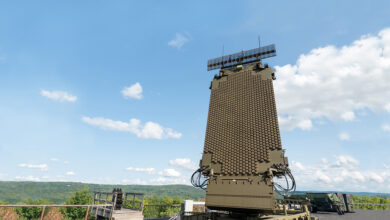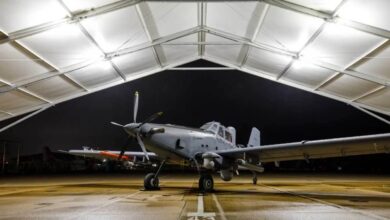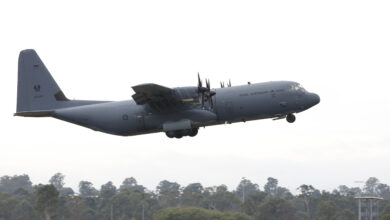USAF Awards Northrop Grumman Platform-Agnostic Airborne Sensor Contract
The US Air Force (USAF) has contracted Northrop Grumman to design an airborne next-generation open standards-based signals intelligence sensor for high-altitude intelligence, surveillance, and reconnaissance platforms.
Under the USAF’s Global High-altitude Open-system Sensor Technology (GHOST) program, the company will design a platform-agnostic prototype sensor, as well as airborne and ground components, the company revealed.
Open Architecture
The sensor’s software and hardware components will have open architecture to be easily scaled and configured for different types of manned and unmanned aircraft and missions.
Earlier, the USAF detailed their requirements for the program, saying that initially the sensor “will be housed inside a pod attached under the aircraft.”
Signals Intelligence Branch Chief Jeremy Shock added that “we are designing it to be platform agnostic, or agile, so it is easily transferable from one airborne platform to another based on however much size, weight, and power is available.”

Common Interface
Explaining further, Shock said that the sensor’s ability to interface with the airborne platform and communicate with the ground defines whether or not it’s based on an open architecture.
“We want common interfaces down to the ground to send common messages down so that they can easily be shared throughout the Intel community.” He added that attaching new sensors as technology improves is the key of an open architecture.
“A good example is like the mouse on a computer,” Shock said. “They all connect with a USB connection. So you may want one … with the scroll ball. If it has a USB connection it’s easy to just pull your normal standard mouse out, then put in another one in using the same connection because it’s ‘plug and play.’”












